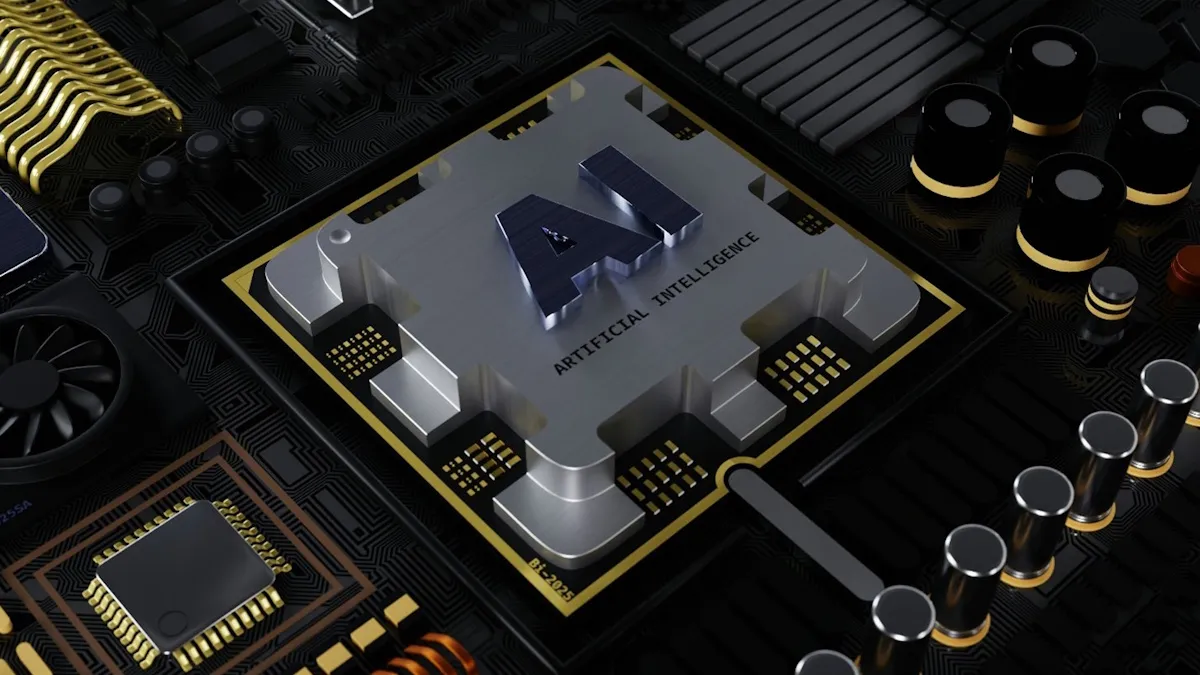AI Elevates ITSM Automation—If You Can Trust It
Blog: OpenText Blogs

The rising demand for AI in ITSM automation
AI and large language models (LLMs) are ushering in a new era of IT service management (ITSM) by embedding greater intelligence into everyday operations.
For ITSM teams overwhelmed by requests, incidents, and changes across hybrid environments, AI is now a strategic priority. It is reshaping how services are designed, delivered, and managed, transforming IT operations into smart, data-driven systems that drive greater operational efficiency.
What’s the “AI promise” for ITSM automation?
What once required extensive scripting can now start with a simple prompt. Our intent, expressed in natural language, can be translated almost instantly into automation or orchestration logic. Generated code still needs testing and validation, but development speed increases dramatically—significantly lowering the technical barrier to complex workflow creation.
As AI matures, its value goes far beyond faster code generation. It can drive greater IT reliability and efficiency by automating routine work such as ticket routing, change approvals, service fulfillment, and remediation. The result is fewer incidents, faster mean time to resolve (MTTR), and broader ITSM automation at lower cost.
AI maturity varies: The goal is continued incremental value
AI’s role in enterprise IT has evolved quickly. A few years ago, most initiatives focused on pilots, chatbots, and basic analytics. Today, while maturity varies, most organizations have moved to assistive AI—where generative AI models work alongside automation to handle smaller individual tasks such as workflow generation, triage, and advanced data analysis and reporting. A growing set of practical AI use cases are now proven, repeatable, and beginning to scale more broadly.
But the AI landscape never stands still. The market is shifting toward the next stage—agentic systems that autonomously make context-aware decisions and run full workflows with minimal human intervention, within clearly defined boundaries. Early examples of agentic AI are emerging, but its full realization will unfold on a much wider front. Automation is expected to adapt, validate its own actions, and anticipate or prevent issues before they occur. Most importantly, it is expected to do so across thousands of endpoints, with safety and transparency.
To move forward responsibly, organizations must reinforce their AI trust frameworks and advance maturity in measured steps, maintaining control while mitigating risk.
AI: A magic wand—but handle with care
While AI’s potential is immense, it’s not ready to hold the keys to the IT kingdom. At this early stage of enterprise adoption, AI introduces serious risks, including unintended actions, hallucinations, limited transparency, and data privacy exposure.
Strong governance, oversight, and human checkpoints remain essential, even for actions that are not considered high impact. Moreover, as organizations evolve their AI systems, the need to ensure its safe and secure use will only intensify.
Each advance demands matching safeguards. As AI’s capabilities expand, so does the potential for costly mistakes. Reliable AI at scale requires a foundation of trust.
Here’s how enterprises can put the right structure around AI-driven automation:
- Govern AI workflows end-to-end - Because without oversight and clear boundaries, AI can go off course quickly.
- Maintain live topology and CMDB data - Because AI is only as good as its inputs—bad data breaks automation.
- Make knowledge instantly retrievable - Because trust and usability collapse when answers aren’t fast and reliable.
Next, we’ll explore these pillars of trust. With trust established, enterprises can modernize confidently and accelerate innovation without compromising safety.
#1 Govern AI-workflows end-to-end
No responsible engineer would deploy an untested script or production change without review. The same discipline must apply to AI-generated workflows. While AI accelerates workflow creation, it doesn’t replace testing, validation, or change control.
Every workflow must follow a governed lifecycle—visible, versioned, approved, and rollback-ready. Whether resolving incidents, fulfilling requests, or implementing changes, every automated action still requires the same structure of oversight and control.
Human oversight remains irreplaceable for applying judgment, weighing consequences, and understanding the full context. That’s why access, authority, and approvals must remain human-led. Putting that principle into action starts with clear accountability. Role-based access control (RBAC) defines who builds, who runs, and who approves—anchoring responsibility to people, not processes, and keeping every AI-driven action under deliberate human ownership.
Most enterprises are cautious about where their AI runs. While public LLM services are convenient, organizations often favor secure, private, or vendor-governed deployments to keep proprietary data protected.
As organizations move toward agentic systems, these controls become non-negotiable. Each automation run should be governed and secure, with traceable actions and clear accountability.
#2 Maintain live topology and CMDB data
Workflows depend on live topology and complete service context, so each step knows what it touches and who it affects. That intelligence comes from discovery and CMDB. Together, they provide a living map of configuration items (CIs), their relationships, and the services that depend on them. This connected view gives AI the situational awareness and data integrity it needs to act reliably across IT environments.
In ITSM, this context is essential for processes such as change management and incident resolution. When AI can trace how infrastructure components connect to critical business services, it can evaluate potential service impacts—predicting which users or systems could be affected and adjusting the plan accordingly. During an incident, the same awareness helps AI pinpoint root causes faster, isolate failed components, and guide the correct remediation steps.
Before any workflow runs, the live environment must be captured precisely:
- During execution, respond to live conditions, not cached assumptions.
- After completion, verify what changed and confirm system health.
Every change should feed its results back into ITSM and CMDB records, capturing what changed and with what outcome. This history gives AI the context it needs to learn from the past, evaluate risk, identify recurring issues, and apply proven remediations in specific environments.
Result: AI-driven workflows run with precision, fewer misfires, and safer changes.
Without accurate and timely data, AI develops blind spots and that’s where errors and hallucinations begin.
The difference between risk and reliability is up-to-date context. Until AI can dynamically adapt to its environment, most so-called “autonomy” remains choreography, not intelligence.
#3 Make knowledge instantly retrievable
Modern ITSM knowledge management is built on retrieval and integrity of information. What matters now is how quickly accurate, well-curated information—buried under thousands of documents—surfaces to the person or process that needs it. In day-to-day ITSM, this results in service agents resolving incidents faster, managers validating procedures confidently, and automation workflows executing the right steps the first time.
Retrieval-augmented generation (RAG) makes this possible by pulling verified knowledge from trusted sources—such as runbooks, incident and change records, and service documentation—then delivering them instantly to where work happens.
When humans and automations draw from authoritative sources, outcomes stay consistent, explainable, and compliant.
To achieve this in practice, organizations must curate and maintain “golden sources”—the authoritative documentation for how work should be done—and make it available through RAG so agents can instantly retrieve validated guidance that upholds information integrity.
RAG brings many benefits to knowledge management. Automation is only one example of how verified information can be applied directly to improve decisions and execution—helping people and processes apply the most current, approved guidance. AI effectiveness ultimately depends on how thoroughly tickets are documented and knowledge articles are maintained—every closed case trains the system for the next.
What’s next?
AI-driven ITSM automation is entering its most transformative stage, but every step forward in innovation must be matched by an equal step in governance and information integrity—the foundation of trust. In the race toward agentic AI, trust determines how far and how fast AI can take you. Build that foundation now. It’s what your AI will stand on as it evolves and grows more capable.
Summary
- AI is evolving from conversational to assistive to agentic—expanding ITSM’s intelligence.
- Every advance in AI must be grounded in governance and information integrity.
- Governed workflows and clear ownership ensure accountability and safe execution.
- Information integrity from CMDB and knowledge ensures accurate, reliable action.
To learn more about how AI is transforming ITSM, visit our webpage.
The post AI Elevates ITSM Automation—If You Can Trust It appeared first on OpenText Blogs.
